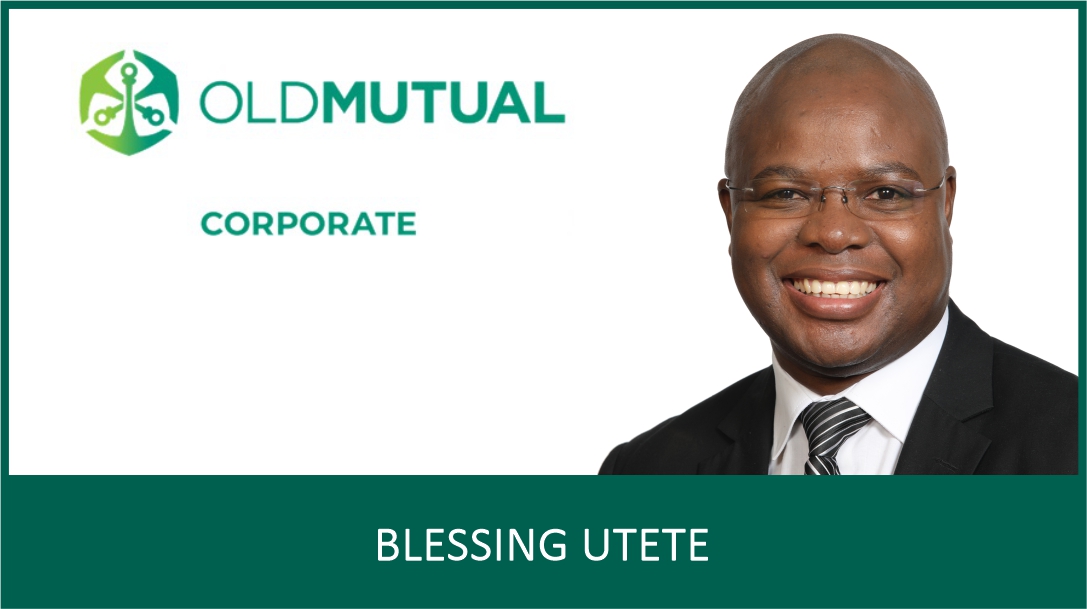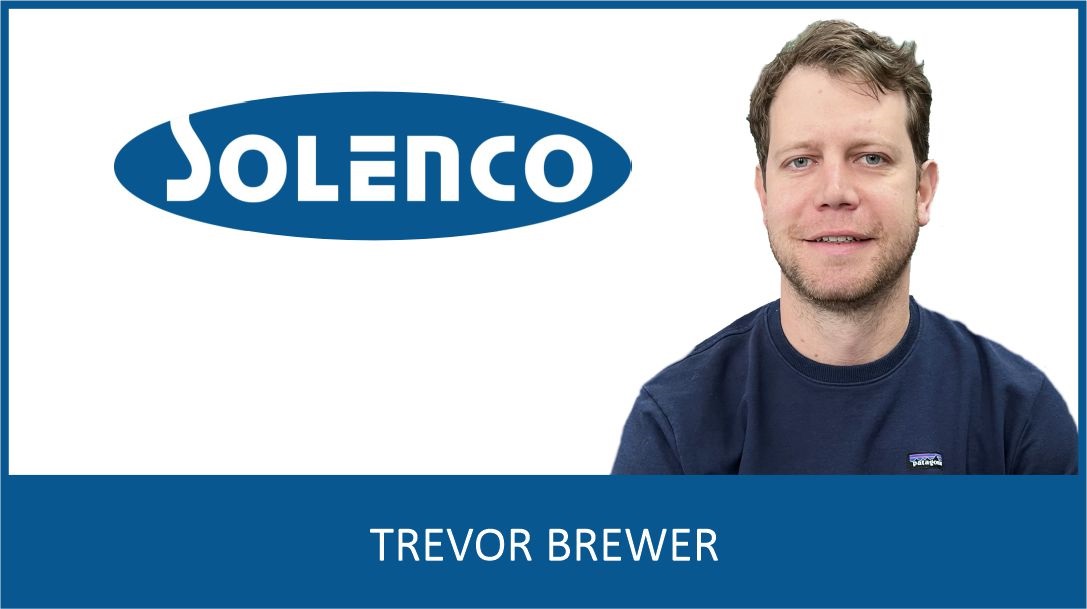Blessing Utete, Managing Executive at Old Mutual Corporate Consultants
The 2025 Old Mutual Corporate OnTrack data points to a deceptively simple reality: small, targeted changes in retirement fund design can have an outsized impact on employees’ long-term financial security.
As South Africans live longer than ever, the question of what it means to be “old” is changing, and so must the way we think about retirement. Extending the normal retirement age is emerging as the single most powerful lever employers can use to close the retirement savings adequacy gap, according to Blessing Utete, Managing Executive at Old Mutual Corporate Consultants.
“Adding just five more working years can lift retirement income by lengthening the contribution period, compounding investment growth for longer, and reducing the number of years over which savings are drawn down, all without increasing member contribution rates,” he says.
It was this lever that Valterra Platinum, a leading player in the mining sector, applied to win the inaugural Old Mutual SuperFund Employer Excellence Award in August 2025.
The company raised the normal retirement age for its corporate staff from 60 to 65, giving over 1 300 members additional years of contributions and investment returns. Backed by targeted communication and annual retirement reports that encouraged voluntary contributions, the change translated directly into improved projected replacement ratios.
“This example underscores the key role employers play in shaping financial security after work,” said Utete. “The policies and choices employers make can set employees on a path to dignity in retirement or leave them facing a shortfall. By making informed decisions, employers can directly change the retirement trajectory of their members.”
The Role of Fund Design
Beyond extending the working horizon, the Old Mutual Corporate OnTrack data shows that fund design itself holds further levers for improving retirement adequacy. Structurally, the design of defaults, contribution rates, and preservation policies determines whether members keep saving enough, for long enough, to secure meaningful outcomes.
On the investment side, strategy plays a role by matching portfolios to members’ life stages, while annuity choice at retirement can dramatically alter income, boosting projected replacement ratios by more than 20 percent. Together, these levers confirm that thoughtful fund design, applied in different dimensions, can shift long-term outcomes.
Old Mutual Corporate OnTrack, a leading advisory tool for measuring and improving retirement adequacy, provides employers with a quantified, evidence-based view of how their workforce is progressing and where interventions can lift retirement outcomes.
“The data shows that targeted changes, from contribution rates and preservation to investment strategy and retirement age, can lift projected replacement ratios over time,” said Utete. “The most powerful results come when meaningful contributions are paired with sustained participation, which is why employer choices matter so profoundly in shaping retirement security.”
Recognising Employer Excellence
The Old Mutual SuperFund Employer Excellence Award also recognised AVBOB and Nedbank as finalists for their outstanding work in improving retirement outcomes for their members. Together they are proving that employer-led action can change the future of retirement in South Africa.
“As we have seen from our winner and two finalists, employer-led changes can deliver measurable improvements in member outcomes,” concludes Utete. “Employers’ decisions, when backed by evidence, often mean the difference between employees retiring with adequacy or with insecurity. In a system where adequacy is the exception rather than the norm, such action is not only good practice but also a responsibility.”
ENDS

























































































